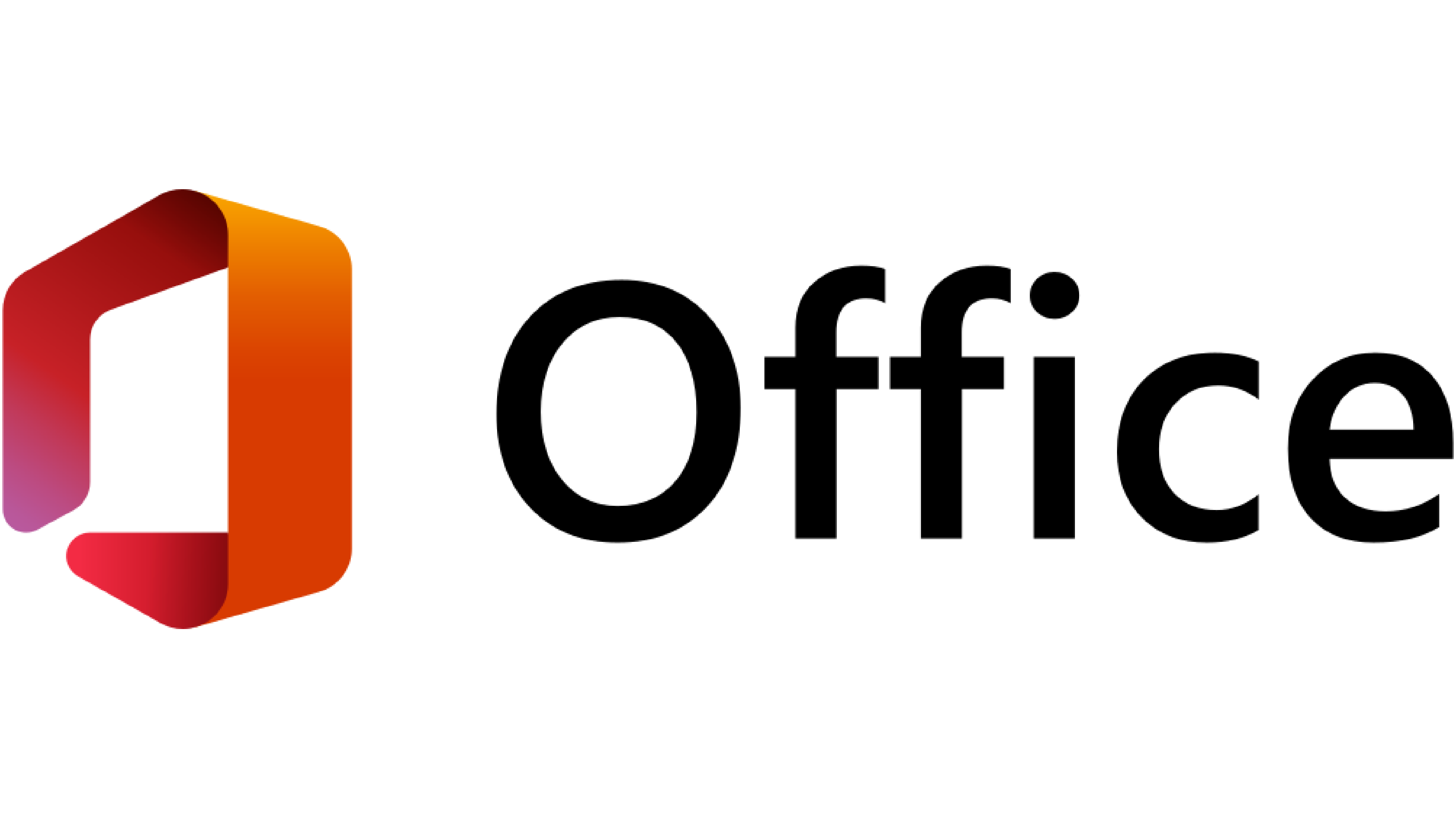Random Access Memory (RAM) is a type of temporary storage that allows a computer to access data quickly while running programs. Unlike storage devices, RAM only retains information while the computer is powered on. For instance, when you open a web browser, it temporarily stores the active browsing session in RAM to ensure quick performance. The more RAM a computer has, the more applications it can run simultaneously without slowing down.
Storage devices, like hard drives (HDDs) and solid-state drives (SSDs), provide long-term storage for files, software, and the operating system. HDDs are mechanical drives with moving parts, offering high capacity at lower costs, but they are slower than SSDs. SSDs use flash memory, making them much faster and more reliable but often more expensive. Modern computers often combine both, using SSDs for the operating system and frequently used applications and HDDs for mass storage.
Input devices allow users to communicate with the computer by entering data or commands. Common input devices include:
- Keyboards: Used to type text or commands. Some advanced keyboards include ergonomic designs or backlighting for comfortable use.
- Mice: Pointing devices that help navigate the computer screen. Variations include wireless mice, gaming mice with extra buttons, and touch-sensitive designs.
- Touchscreens: Found on many laptops, tablets, and smartphones, touchscreens allow users to interact directly with the screen using fingers or styluses.
Other input devices include microphones for voice commands and cameras for video input.
Output devices display or present the results of computer processing to the user. Examples include:
- Monitors: Screens that display visual information. Monitors vary in size, resolution, and technology, such as LCD, LED, or OLED.
- Printers: Convert digital documents or images into physical copies. Printers may be inkjet or laser-based, with some offering features like scanning and copying.
- Speakers and Headphones: Allow users to hear audio output from the computer, such as music, notifications, or calls.


